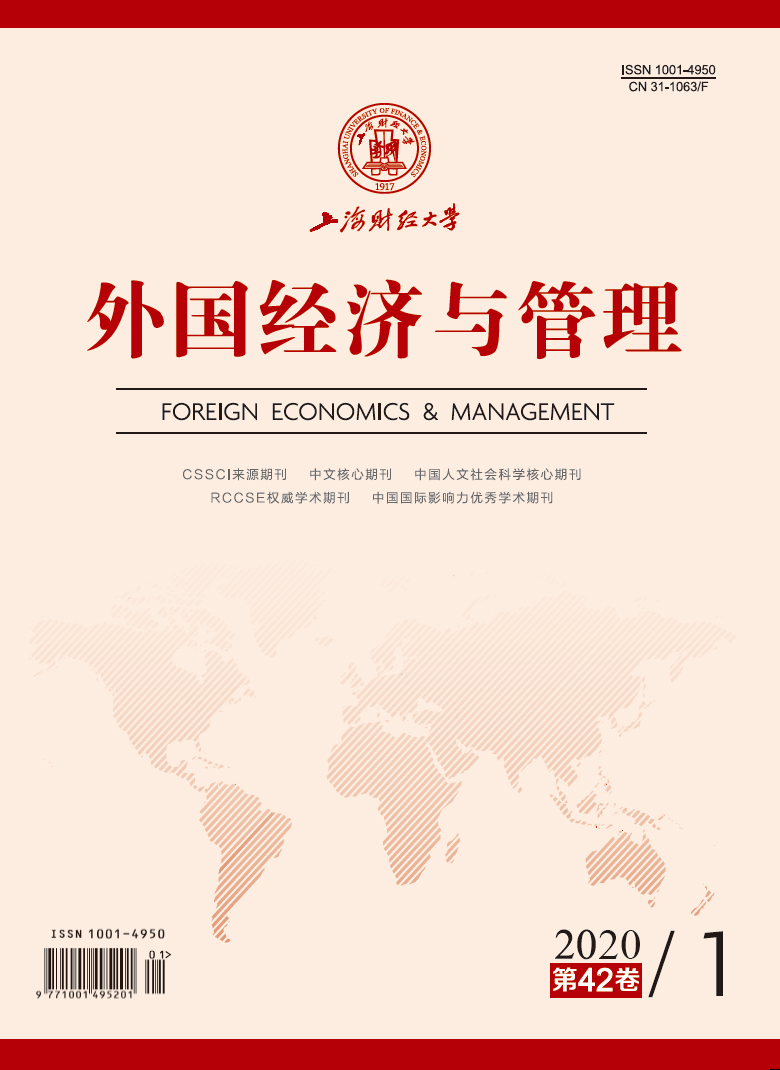Consumers crave cool products and companies value the market value of coolness. The marketing field is increasingly focusing on the topic of “perceived coolness” and has achieved fruitful research results. However, few scholars have systematically combed and reviewed the relevant literature and results of perceived coolness, which restricts the research and marketing practice of perceived coolness to a certain extent. This current study will focus on the origin and development of coolness, the connotation and measurement of perceived coolness, the antecedent and aftereffect of perceived coolness, and analyze and prospect possible future research directions, in order to inspire future research and corporate marketing practice.
First of all, there are three representative views on the origin of cool. The concept of coolness/cool originated from black culture, and this view has been more widely recognized by the academic community. The connotation of “coolness” has been continuously enriched in the process of social change. Moreover, driven by commercial marketers, coolness was quickly applied to the marketing practice of enterprises, becoming a new advertising language, and integrated into the mainstream consumption at that time, becoming a way for consumers to increase enjoyment.
Secondly, coolness has received extensive attention from researchers in sociology, psychology, and marketing. Scholars in different fields have different opinions on the connotation of coolness. The study of personality trait perspective believes that coolness is a combination of personality traits or multiple personality traits. The study of individual perception perspective considers coolness to be a positive evaluation or perception. The study of integrated perspective considers that perceived coolness is both internal and external coolness. Although the academic community has not yet reached an agreement on the definition of coolness, many scholars believe that coolness is a positive perception, characterized by social and psychological construction, and dynamic. Most studies consider perceived coolness to be a multi-dimensional construct and have developed corresponding measurement of perceived coolness.
Thirdly, on the basis of exploring the connotation and measurement of perceived coolness, the existing literature mainly discusses the influential factors of perceived coolness from three aspects: individual level of consumers, product level and social context. Influential factors at the individual level of consumers include demographic variables, consumer personality traits, consumer motivations and emotions; product-level influential factors mainly include product characteristics and product design; social context factors mainly include social norms, reference groups, subculture and so on. A basic consensus is that perceived coolness is a positive evaluation of consumers and can influence consumer psychology and behavior. On the whole, the existing research mainly explores the aftereffect of perceived coolness from two aspects: consumer psychology(cognition, attitude, and emotion)and behavior(purchasing behavior, usage behavior, brand loyalty, and prosocial behavior).
Finally, although the existing research on perceived coolness has achieved many valuable research results, there are still many key issues to be solved in this field. We believe that future research can be carried out from the following aspects: further clarify the concept of perceived coolness and dimension structure, and develop corresponding measurement tools; delve into the antecedents and formation mechanism of perceived coolness; deeply investigate the boundary conditions and mechanism of perceived coolness on consumer psychology and behavior; and carry out local study of perceived coolness.






 10914
10914  6956
6956

